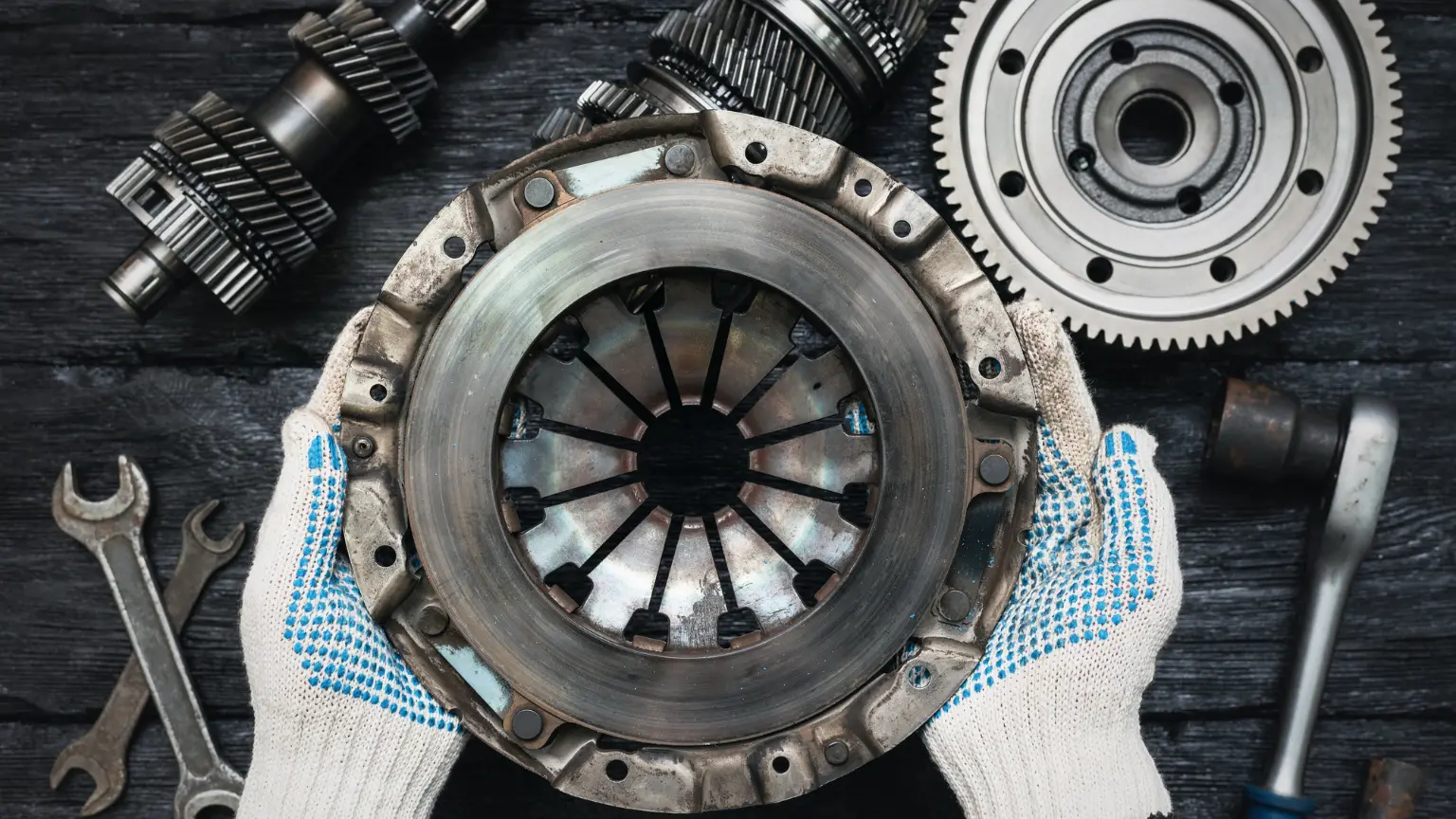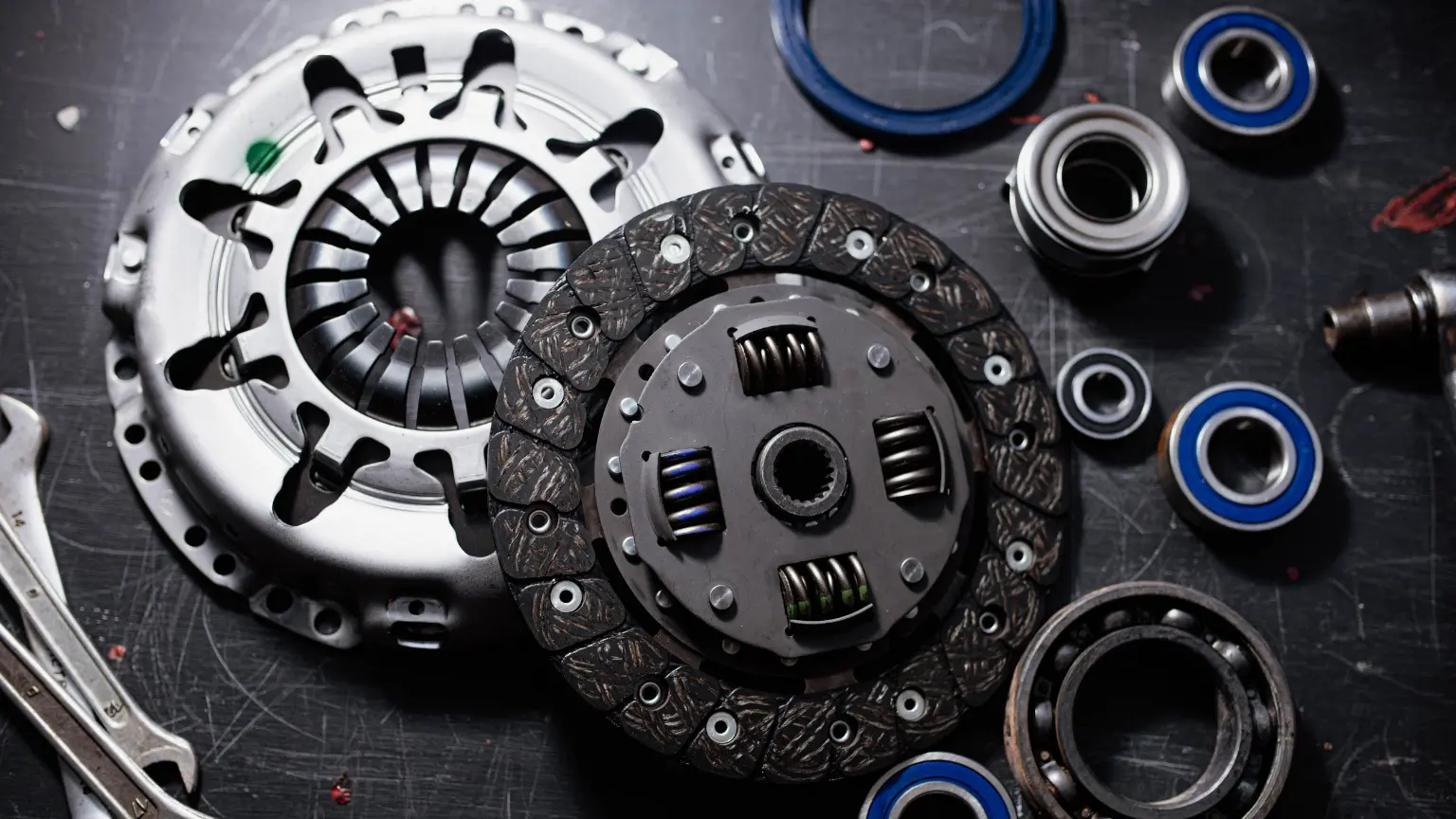Essential Car Transmission Maintenance for Every Owner
Maintain your transmission with routine fluid level and quality checks, leak inspections, and professional flushes. Adopt smooth driving and load practices to prevent breakdowns and costly repairs.
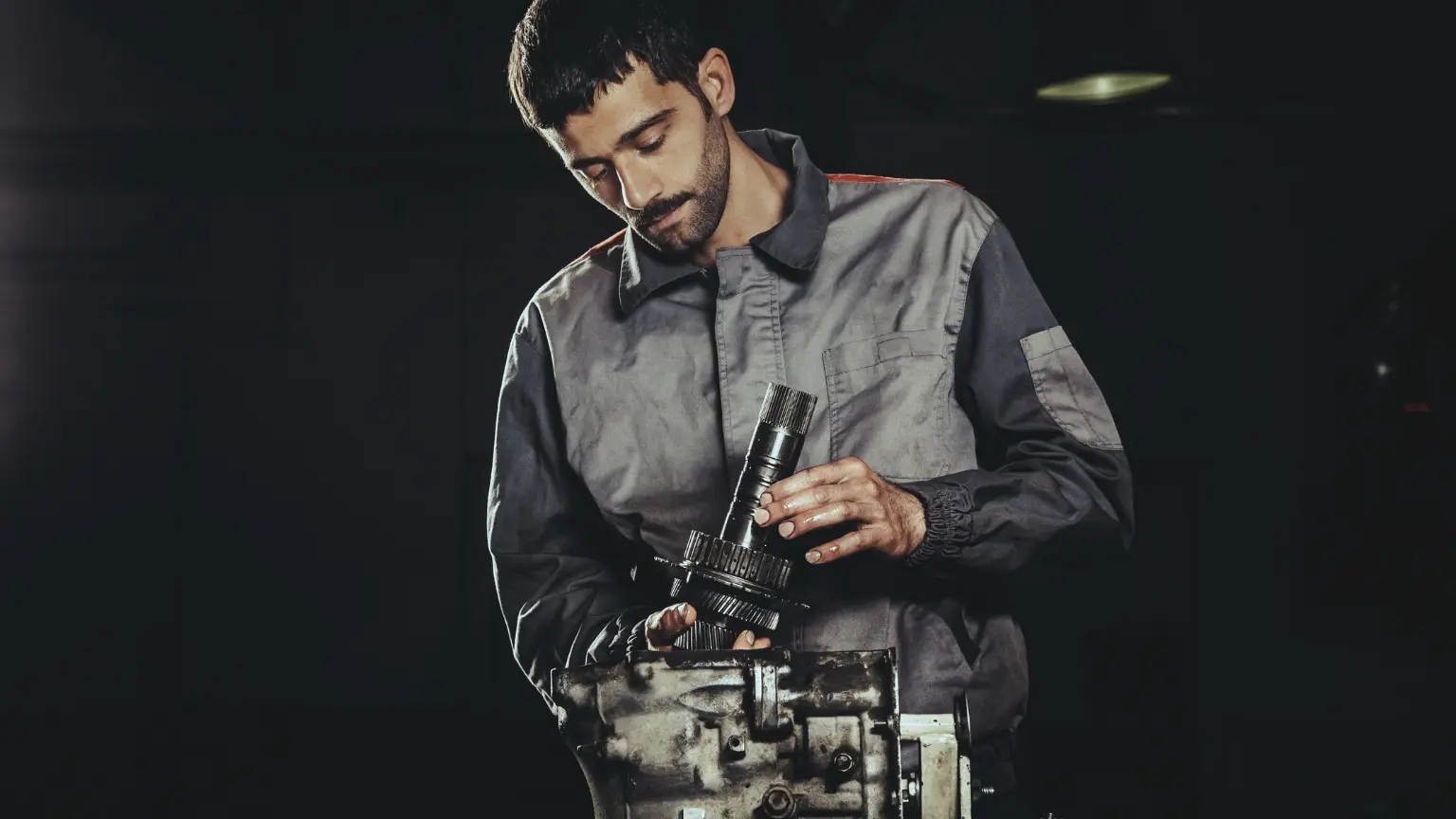
Maintaining your car's transmission is as crucial as keeping your engine running smoothly. It's the backbone that manages the power from the engine to the wheels, ensuring your vehicle moves efficiently and responds well under all driving conditions. Regular transmission care tips not only prevent costly repairs but also enhance your vehicle's overall performance and longevity. Without periodic checks and maintenance, it could deteriorate prematurely, leading to a rough driving experience and potentially expensive transmission repair costs.
Routine Transmission Fluid Checks
Maintaining Proper Fluid Levels
Regular checks of your transmission fluid are critical for maintaining the health and efficiency of your car's transmission system. The fluid serves as a lubricant and coolant, preventing the internal components from grinding against each other and overheating. Low fluid levels can lead to increased friction and elevated temperatures, which may cause significant damage over time. It is advisable to consult your vehicle’s manual to determine the optimal fluid level and ensure your car runs smoothly.
How to Check Fluid Quality at Home
Checking the quality of your transmission fluid doesn’t require a visit to a transmission shop. You can do it at home with a few simple steps. First, locate the fluid dipstick, usually found near the engine area. Remove the dipstick, wipe it clean, fully insert it, then pull it out again to check the fluid level and condition. Healthy fluid should be a bright red color and should not have a burnt smell.
Signs of Low or Contaminated Fluid
Maintaining awareness of your transmission fluid condition is essential to preventing car transmission failure. Signs of low or contaminated fluid include difficulty shifting gears, slipping gears, surging, or delayed movement after starting the engine. These symptoms suggest that the fluid is either insufficient or unfit to perform its function effectively. As mentioned, regular checks allow for timely detection and maintenance, which can significantly extend the car transmission's life and prevent unexpected breakdowns.
Cooling System Maintenance
The health of your vehicle’s transmission is closely linked to the effectiveness of its cooling system. As your engine and transmission operate, they generate substantial heat, especially during heavy use, towing, or driving in hot climates. The cooling system, which circulates coolant through the radiator and transmission cooler, plays a vital role in dissipating this heat. If the cooling system is neglected or the coolant becomes degraded, the transmission fluid can overheat, losing its lubricating and protective properties. This leads to increased friction, accelerated component wear, and a higher risk of transmission failure. Regularly checking your coolant level, inspecting hoses for leaks, and replacing coolant as recommended by your manufacturer are essential steps to ensure optimal heat management. By maintaining the cooling system, you not only safeguard your engine but also extend the life and efficiency of your transmission, preventing costly repairs down the road.
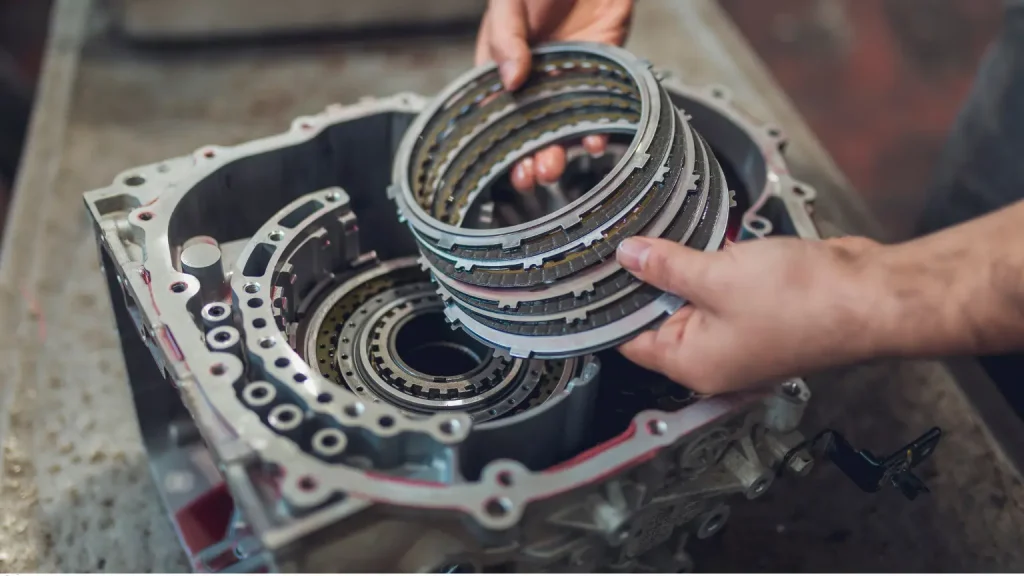
The Impact of Fluid Neglect
Without adequate fluid, the transmission can overheat, parts may wear out faster than expected, and in some cases, it may fail, necessitating an expensive replacement. To avoid these costly scenarios, regular transmission service for cars, including fluid checks and changes, is essential. Ensuring the fluid is always at an optimum level and condition not only protects but also greatly enhances the overall longevity of your vehicle’s system.
Filter and Component Replacement
Replacing the transmission filter and related components is essential for preserving your transmission’s health. Most vehicles benefit from a new filter every 30,000 to 60,000 miles, or as recommended in your owner’s manual. The filter traps debris and contaminants that can otherwise circulate and damage internal parts. Neglecting maintenance can lead to increased wear, poor shifting, and eventual transmission failure, while timely replacement ensures smoother operation and extends your transmission's life.
DIY Transmission Maintenance Tips
Checking for Leaks
A leak can cause a drop in fluid levels, compromising the transmission's functionality. To check for leaks, park your vehicle on a clean section of road or driveway and let it run for a few minutes. Then, move the car and look for any fresh spots of fluid. As emphasized previously, transmission fluid is typically red, making it easier to identify.
Listening to Unusual Noises
Sounds such as humming, buzzing, or whining when the vehicle is in motion or shifting gears may suggest issues with the internal mechanics. These sounds often occur due to low fluid levels or worn-out components. Regularly monitoring and addressing these noises can help you maintain your car transmission upkeep and avoid extensive repairs. If the sounds persist despite fluid corrections, it may be time to consult a transmission specialist.
Monitoring Performance for Warning Signs
There are typical warning signs of transmission trouble, such as slipping and unusual noises, as well as common causes of transmission failure. Effective transmission care tips include paying close attention to the performance of your transmission during daily drives. Recognizing the early signs of issues during your daily drives can prevent the development of severe problems that might lead to costly repairs or replacements. Here’s a look at each sign:
- Hesitations When Shifting Gears: If you notice hesitations or delays during gear shifts, it could signal fluid issues or internal wear and tear. This symptom suggests that the transmission is struggling to find the right gear or that there is a delay in engaging power to the drivetrain. Such hesitations can escalate to more severe problems, leading to decreased fuel efficiency and potential internal damage.
- Sudden Jerking Movements: Experiencing sudden jerking or shuddering when your vehicle shifts gears can be alarming. These abrupt movements typically indicate that it is incorrectly adjusting the gears during operation. This could be due to a variety of issues, such as misaligned gears, faulty transmission sensors, or degraded fluid. Such symptoms not only affect the comfort of your drive but can also stress the vehicle's mechanical components, leading to premature wear.
- Transmission Slipping: If your transmission slips out of gear while driving, it poses a significant safety risk. This issue can manifest as the transmission unexpectedly shifting into neutral or another gear without input. Causes may include damaged gears, loss of hydraulic pressure, or a malfunctioning control system.
Timely intervention upon noticing these symptoms can prevent more extensive damage, ensuring that your vehicle operates smoothly and reliably. Regular maintenance and immediate attention to these issues extend the life of your transmission, improving overall vehicle performance and safety.
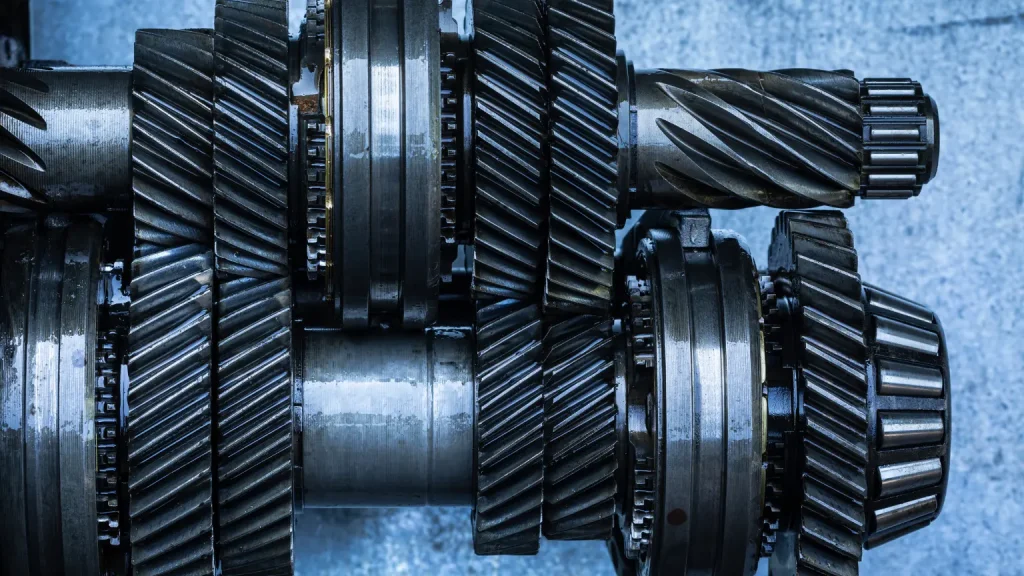
Professional Transmission Services to Consider
Benefits of Fluid Changes by a Specialist
A transmission mechanic can provide a more thorough and effective fluid change than typical DIY methods. Specialists use advanced tools and techniques to flush out almost all the old fluid and replace it with new, high-quality fluid. This complete exchange helps remove debris and contaminants that can accumulate and degrade the performance of your transmission. Professional fluid changes can significantly improve the responsiveness and longevity of your transmission, helping to prevent car transmission failure.
The Role of Regular System Inspection
These professionals can spot subtle signs of wear and tear that the average car owner often overlooks. During an inspection, mechanics check not just the fluid levels and quality, but also the condition of the transmission's belts, hoses, and connectors. Such thorough inspections are essential components of transmission care tips and can drastically reduce the likelihood of unexpected breakdowns. The value of annual or regular professional inspections highlights how expert assessments can identify early issues and ensure proper maintenance intervals.
Comprehensive Transmission Checkups
By utilizing advanced scanning technology, mechanics can interpret the intricate codes emitted by the vehicle’s onboard computer system. This diagnostic process is much more than a mere routine inspection; it delves deep into the transmission's operational core to detect early signs of wear and potential failures that are not apparent through conventional inspection methods. These high-tech scanners can detect issues such as torque converter lockup malfunctions, gear slippage, and abnormal fluid pressure changes.
How Specialists Can Spot Problems Early
Transmission specialists have the expertise and equipment to diagnose emerging issues long before they become noticeable to the driver. Their trained eyes can identify abnormal wear patterns and component failures that might not yet affect performance but will lead to future problems. Early detection through professional services helps car owners manage transmission service for cars proactively, avoiding the higher costs associated with major repairs or complete replacements. During these checkups, technicians also examine the belts, hoses, and connectors that are critical. A frayed belt or a leaking connector can lead to suboptimal performance, which in turn may cause other internal components to compensate, accelerating their wear. By ensuring that these parts are in good condition and functioning as intended, a comprehensive checkup helps maintain the transmission’s integrity and efficiency.
Driving Habits That Protect Your Transmission
Avoiding Sudden Stops and Harsh Acceleration
Abrupt stops and aggressive acceleration can cause undue stress on the transmission’s components, leading to premature wear. By easing into stops and gradually accelerating, you can help maintain the integrity of your transmission system and reduce the likelihood of mechanical failures. A cautious approach not only extends car transmission life but also enhances overall vehicle performance and safety.
Importance of Smooth Gear Shifting
Rough shifting can stress the transmission, resulting in increased wear and potential damage over time. To ensure smooth gear shifts, constantly adjust your speed before shifting and avoid abrupt shifts. Careful handling is essential for effective transmission upkeep and can prevent many common issues associated with transmission strain.
How Overloading the Vehicle Strains the Transmission
The transmission is designed to handle a specific load, and exceeding this limit can force it to work harder, increasing the stress on its components. Here’s how overloading affects it:
- Increased Fluid Temperature: When a vehicle is overloaded, the transmission has to work harder than usual. This increased effort generates more heat within the system. This overheating can cause the fluid to break down much more quickly than expected, diminishing its protective properties and increasing friction and wear among transmission components. The result is a cycle of overheating and damage that can severely shorten the transmission’s life.
- Clutch Overheating: Maintenance practices specific to manual transmissions, including clutch service and fluid replacement, are important. In manual-transmission vehicles, the clutch is pivotal in transferring power from the engine to the transmission. Overloading the vehicle puts additional pressure on the clutch, causing it to work overtime. This can lead to excessive heat buildup in the clutch system, which is detrimental to its components. The overheated clutch may experience increased wear, making it more prone to frequent failures and replacements.
- Premature Wear: Overloading forces the transmission to operate beyond its intended capacity. This extra strain can accelerate the wear on gears, bearings, and other critical components within the transmission system. Such premature wear necessitates more frequent repairs and replacements, which can be costly. These components may fail unexpectedly, leading to vehicle breakdowns and potentially unsafe driving conditions. Keeping the load within recommended limits is crucial to maintaining the transmission's health and ensuring the vehicle's reliability.
- Reduced Efficiency: An overloaded vehicle requires more power to operate, which can strain its ability to shift gears efficiently. This inefficiency not only leads to reduced fuel economy but also increases the overall operating costs. Moreover, the harder the transmission works, the more fuel the vehicle consumes, negating any benefits of carrying extra weight. In the long term, this inefficiency can lead to high costs in terms of both fuel consumption and wear-and-tear, making it economically and mechanically disadvantageous to overload a vehicle.
Understanding these impacts helps emphasize the importance of adhering to the vehicle’s specified load limits. By maintaining the recommended weight, you can ensure the transmission operates within its optimal range, preserving its longevity and avoiding unnecessary expenses.
Tips for Reducing Heat Build-up
In regions with high ambient temperatures or for vehicles frequently used for towing or carrying heavy loads, the installation of an auxiliary transmission cooler can provide significant benefits. An auxiliary cooler helps maintain optimal fluid temperature, preventing overheating. These coolers are typically mounted in front of the radiator or AC condenser, where they can get ample airflow, which aids in the heat exchange process. For those who use their vehicles under demanding conditions, such an upgrade can be a cost-effective way to enhance the transmission system's resilience, extending its service life and ensuring consistent performance. There are additional strategies and emerging technologies to improve heat management in transmission systems. For instance, the development of advanced materials and coatings that reduce internal friction and thus heat production is an area of active research. Also, integrating thermal management systems that dynamically adjust cooling based on real-time temperature data is becoming more prevalent. These systems use sensors and computer algorithms to optimize the transmission's temperature, thereby enhancing the overall efficiency of the vehicle.

Embracing regular car maintenance is a cornerstone of responsible vehicle ownership. By adhering to fluid management guidelines, monitoring for early warning signs, and scheduling professional checkups, you can significantly extend the lifespan and efficiency of your car's transmission. These practices not only safeguard your vehicle against unexpected failures but also ensure smoother, safer driving. Furthermore, adopting preventive measures such as smooth driving habits and avoiding vehicle overloading plays a critical role in minimizing wear and tear on the transmission system. As automotive technology advances, staying informed about and utilizing emerging maintenance technologies will also contribute to its optimal performance and durability. Keep your vehicle running smoothly with expert transmission care and trusted repair services by scheduling your next visit at Trans Medic Transmissions. Consistent care and attention to your vehicle's transmission will reward you with reliability and peace of mind on the road, proving that a little maintenance goes a long way in preserving your car's health and value.
Follow a maintenance program
Ante gravida id aenean quis egestas risus nam amet nullam leo diam diam aliquam eu eu malesuada arcu rhoncus suspendisse nulla mattis ut amet sagittis in justo egestas.

search for a trusted mechanic
Lorem ipsum dolor sit amet, consectetur adipiscing elit lobortis arcu enim urna adipiscing praesent velit viverra sit semper lorem eu cursus vel hendrerit elementum morbi curabitur etiam nibh justo, lorem aliquet donec sed sit mi dignissim at ante massa mattis.
- Neque sodales ut etiam sit amet nisl purus non tellus orci ac auctor
- Adipiscing elit ut aliquam purus sit amet viverra suspendisse potent
- Mauris commodo quis imperdiet massa tincidunt nunc pulvinar
- Excepteur sint occaecat cupidatat non proident sunt in culpa qui officia
Check the air pressure in your tires
Vitae congue eu consequat ac felis placerat vestibulum lectus mauris ultrices cursus sit amet dictum sit amet justo donec enim diam porttitor lacus luctus accumsan tortor posuere praesent tristique magna sit amet purus gravida quis blandit turpis.
Review your suspension frequently
At risus viverra adipiscing at in tellus integer feugiat nisl pretium fusce id velit ut tortor sagittis orci a scelerisque purus semper eget at lectus urna duis convallis. porta nibh venenatis cras sed felis eget neque laoreet suspendisse interdum consectetur libero id faucibus nisl donec pretium vulputate sapien nec sagittis aliquam nunc lobortis mattis aliquam faucibus purus in.
- Neque sodales ut etiam sit amet nisl purus non tellus orci ac auctor
- Adipiscing elit ut aliquam purus sit amet viverra suspendisse potent
- Mauris commodo quis imperdiet massa tincidunt nunc pulvinar
- Excepteur sint occaecat cupidatat non proident sunt in culpa qui officia
Service your vehicle as regularly as posible
At risus viverra adipiscing at in tellus integer feugiat nisl pretium fusce id velit ut tortor sagittis orci a scelerisque purus semper eget at lectus urna duis convallis. porta nibh venenatis cras sed felis eget neque laoreet suspendisse interdum consectetur libero id faucibus nisl donec pretium vulputate sapien nec sagittis aliquam nunc lobortis mattis aliquam faucibus purus in.
“Nisi quis eleifend quam adipiscing vitae aliquet bibendum enim facilisis gravida neque velit euismod in pellentesque”
Conclusion
Eget lorem dolor sed viverra ipsum nunc aliquet bibendum felis donec et odio pellentesque diam volutpat commodo sed egestas aliquam sem fringilla ut morbi tincidunt augue interdum velit euismod eu tincidunt tortor aliquam nulla facilisi aenean sed adipiscing diam donec adipiscing ut lectus arcu bibendum at varius vel pharetra nibh venenatis cras sed felis eget.

